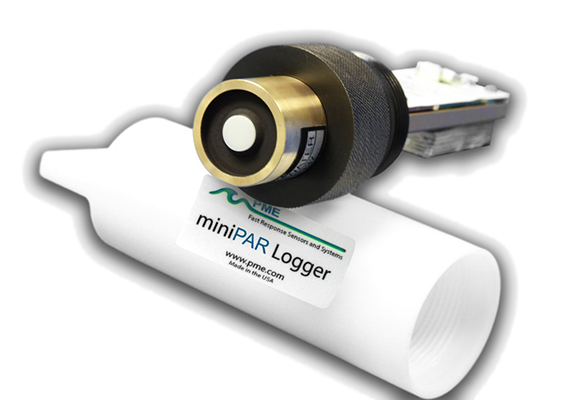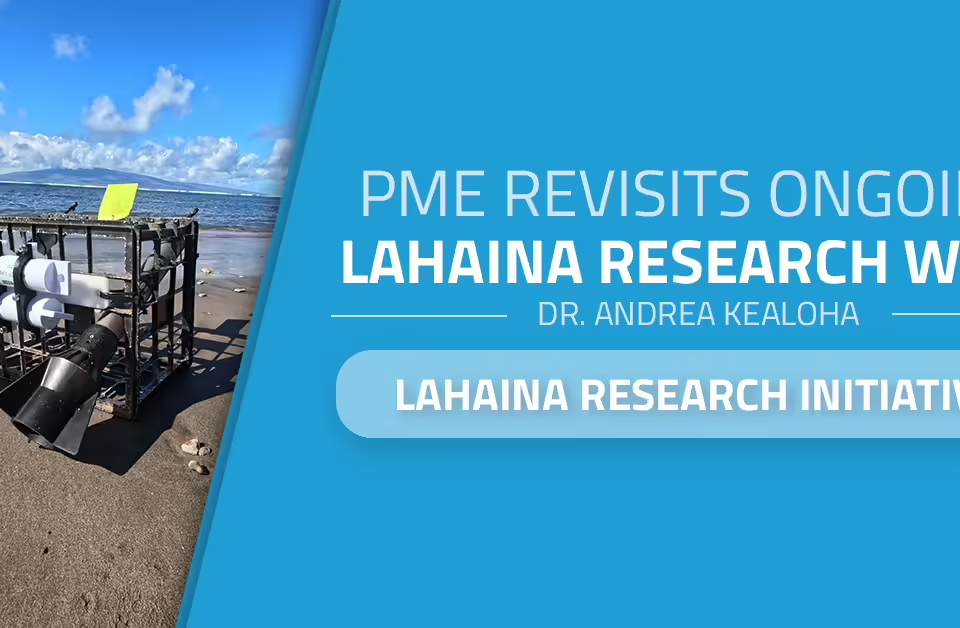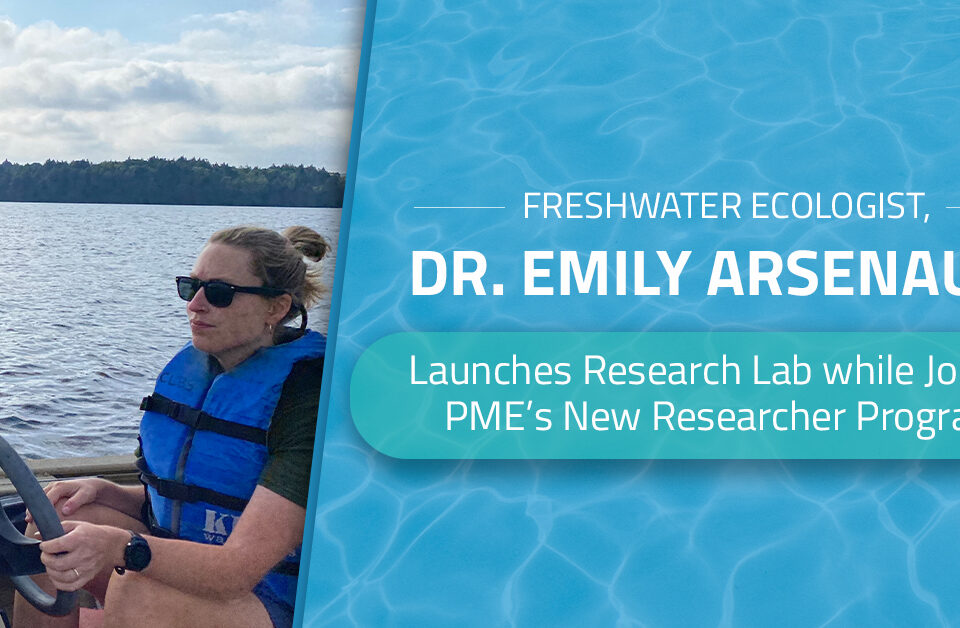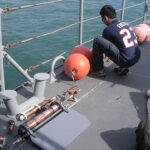
Cyclops-7, miniDOT loggers used to study shamal air currents
April 5, 2017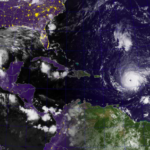
Temperature Anomalies Are Driving Force Behind Storms Like Harvey, Irma
September 12, 2017Just two years ago, 50 percent of California was still under exceptional drought conditions. Depleted groundwater remains a problem, but reservoirs are refilled and some districts here in the Golden State have a glut of water. This feast-and-famine situation is likely to become more common under climate change, raising concerns about more devastating droughts and floods.
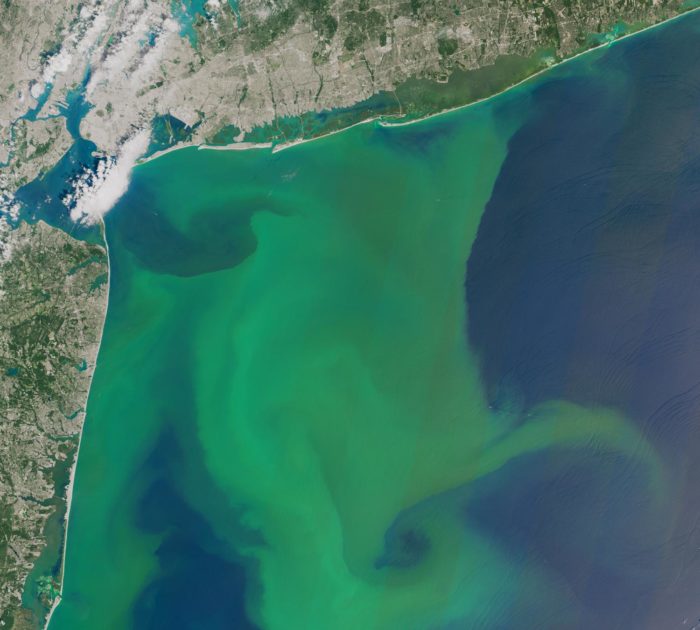
Across the U.S., however, increased precipitation and more extreme rainfall events will also drive an increase in nutrient loading, or eutrophication, in lakes and estuaries. This could lead to more toxic algae blooms, such as Florida’s 2016 bloom and Lake Erie’s 2014 bloom, which made the tap water in Toledo, Ohio, unsafe to drink. Algae blooms can also fuel hypoxic dead zones, devastating aquatic life.
According to a new analysis, increased rainfall could cause a 19 percent increase in nitrogen loading by 2100 under RCP 8.5, the “business-as-usual” carbon emissions scenario used by the Intergovernmental Panel on Climate Change.
The study, published in the journal Science, is the most robust of its kind, using 21 different climate models under 3 emissions scenarios to estimate what precipitation increases will look like for the U.S. in the coming decades.
The study shows that the biggest increases will be in the Midwest and Northeast, heavily populated and agricultural regions that already struggle with eutrophication. The study identifies the Great Lakes and the Mississippi-Atchafalaya Basin as the watersheds impacted the most.
In the Chesapeake Bay, which has experienced seasonal hypoxia for decades, the trend threatens to undermine ongoing efforts in reducing the extent of these dead zones. NOAA had predicted a larger than average dead zone in the bay this year, due to higher stream flows, but, as of July, conditions appear more promising.
Adjusting to the study’s RCP 8.5 scenario would be extremely difficult. In order to remain even with current eutrophication levels, the study says, nitrogen inputs on land would have to be reduced by 33 percent by 2100.
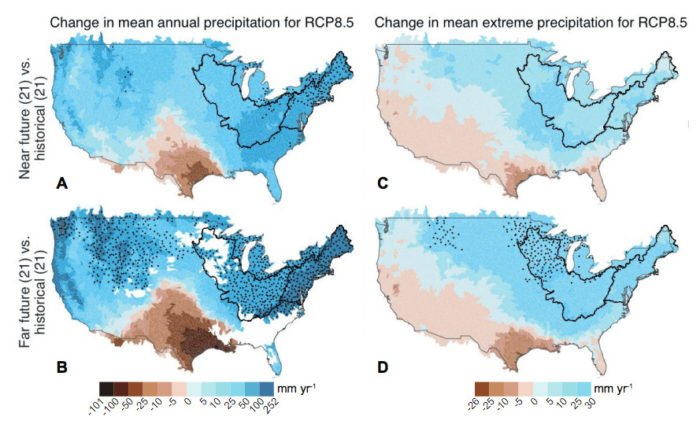
Though the analysis only looked at the U.S., the study authors also identified India, China, and Southeast Asia as places at risk of increased eutrophication.
As with most climate change studies, the forecasts under the business-as-usual scenario are alarming. Of the IPCC’s four emissions projections, RCP 8.5 represents the worst-case scenario, with rapid population growth, emissions growing throughout the century, and no policies to curb them.
Another recent study led by University of Washington’s Adrian Raftery puts the likelihood of staying within the IPCC’s stated target of under 2°C warming by 2100 at just 5 percent, but also says the RCP 8.5 (3.7°C increase) scenario is highly unlikely. Instead, Raftery’s study suggests temperatures have a 90% chance of staying within the IPCCs two less extreme scenarios.
Still, the implications of increased rainfall under even moderate emissions scenarios should be a concern for estuary managers, as increasing food demand and development pressure present challenges to runoff mitigation.
Kirsten Findell, a climate research physical scientist with NOAA who was familiar with but not involved in the research, said, “This result has important implications for land use management in the United States and beyond, and demonstrates that water quality concerns cannot be tackled without considering changes in precipitation characteristics.”
PME’s new miniPAR logger.
For resource managers and environmental researchers studying algae blooms, PME has introduced a new device, the miniPAR logger, to gather photosynthetically active radiation (PAR) data. The miniPAR is modeled after our durable and portable miniDOT® Logger, which measures dissolved oxygen and temperature.
Get a quote for miniPAR or miniDOT today and see how we can help you gather more data, at a lower cost!
